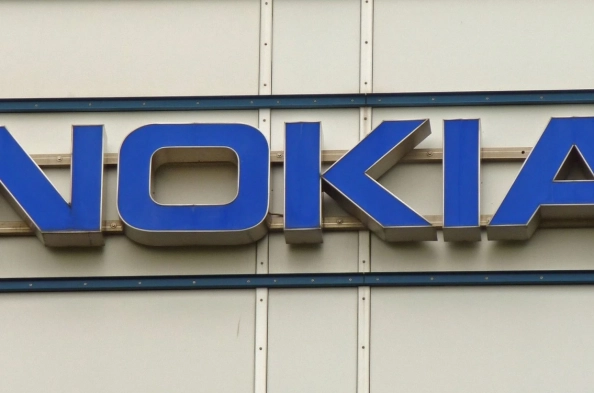As Nokia takes an assertive step into the realm of cryptocurrency security, it propels its longstanding reputation for innovation by filing a significant patent aimed at enhancing digital asset encryption. Filed on December 23, 2024, with the National Intellectual Property Administration, the patent titled “Device method and computer program” signifies Nokia’s commitment towards advancing security protocols within blockchain and cryptocurrency landscapes.
The keystone of Nokia’s newly patented system is a “first key” that operates within either symmetric or asymmetric encryption frameworks. Symmetric encryption employs a single key for both encryption and decryption processes. Conversely, asymmetric encryption utilizes a public and private key pair to manage access and ensure that only authorized users can decrypt digital assets. Thus, Nokia’s approach ensures robust safeguarding of digital currencies against unauthorized access and potential cyber threats.
Encryption underpins the security of digital currencies, acting as a bulwark against unauthorized access and potential theft or hacking incidents. For example, Bitcoin relies heavily on encryption to ensure that only the keyholder can manage the digital assets within a wallet. Nokia’s system introduces a “first network function” that receives the encrypted assets along with an index tracking the encryption process. This function is tasked with processing and verification, adding another critical layer of security and traceability.
After encrypted assets are identified, they are directed to a designated entity for validation or authorization. In this process, the “first network function” serves as a reliable node, guaranteeing additional verification. This dual-layer security strategy helps retain the traceability and validation of all transactions, maintaining access for only authorized parties.
Nokia’s expansion into digital asset encryption aligns with its rich history and diverse portfolio in networking, telecommunications, and technological innovation. With numerous patents spanning fields such as 5G networks and mobile communications, Nokia’s foray into digital asset security underscores its dedication to meeting evolving technological demands.
Simultaneously, the introduction of Wall Street Pepe Coin, a new contender in the cryptocurrency market, intertwines meme culture with the financial dynamics of digital assets. Inspired by the Pepe the Frog meme, this coin aims to fuse humor with investment opportunities, encapsulating the unpredictable spirit of Wall Street. Wall Street Pepe Coin hopes to differentiate itself in the saturated meme coin market by exploring practical applications in decentralized finance (DeFi), NFT integrations, and community-led projects.
Despite its humorous beginnings, the long-term success of Wall Street Pepe Coin hinges on its capability to navigate market volatility and establish credibility among investors. Sustaining its momentum and proving its utility to the investor community are crucial for transforming it from a fleeting trend into a lasting phenomenon.
To summarize, Nokia’s efforts in digital asset encryption signify a major leap forward in the domain of cryptocurrency security, leveraging cutting-edge encryption technology to protect digital assets. At the same time, Wall Street Pepe Coin merges meme culture with financial prospects, aiming to generate value through innovative uses and community engagement. These endeavors are reflective of substantial trends within the fast-evolving sphere of blockchain and digital assets.






